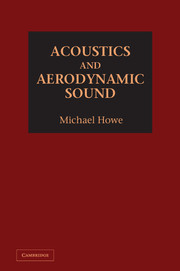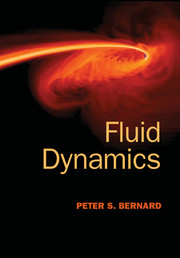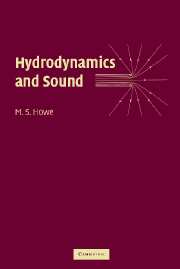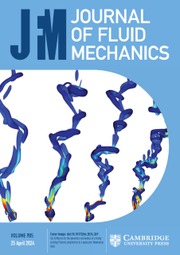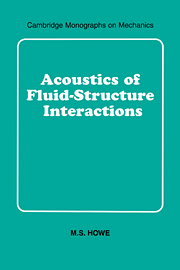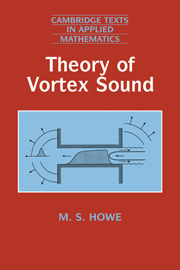Acoustics and Aerodynamic Sound
Music, calm speech, whispering leaves fluttering in a breeze are pleasant and desirable sounds. Noise, howling gales, explosions and screeching traffic are less so. A quantitative understanding of the sources of all such sounds can be obtained by careful analysis of the mechanical equations of motion. This is provided by Acoustics and Aerodynamic Sound, which serves as a short, one semester introduction to acoustics and aerodynamic sound at the advanced undergraduate and graduate level. Sound is treated as a branch of fluid mechanics, which is possible because students embarking on an advanced course in acoustics will be familiar with this topic. It is also desirable because an ability to relate acoustic events to hydrodynamic phenomena provides insight into acoustic principles, in particular into the role of vorticity in the mechanics of sound production by vibrating bodies and in the scattering and diffraction of sound.
- Sound is treated as a branch of fluid mechanics and includes applications to diffraction, vibrating bodies and aerodynamic sound
- The text features the theory of the production and propagation of sound and its interactions with solid structures
- An extensive general introduction to theoretical acoustics - not typical at this level
- Includes an entire chapter of worked examples
Reviews & endorsements
'This book Acoustics and Aerodynamic Sound is intended as a 'short, one-semester introduction' to the subject for undergraduate and graduate scholars, and, accordingly, it concentrates on fundamental concepts and analytical solutions to simple problems … The book is clearly and concisely written, and certainly achieves its objective of being a useful text to accompany an academic course.' Craig J. Mead, The Aeronautical Journal
Product details
December 2014Adobe eBook Reader
9781316057728
0 pages
0kg
118 b/w illus. 4 tables 67 exercises
This ISBN is for an eBook version which is distributed on our behalf by a third party.
Table of Contents
- 1. Introduction
- 2. More on Green's function
- 3. Piston and diffraction problems
- 4. Aerodynamic sound
- 5. Aperture and duct problems
- 6. Solutions of starred problems.

